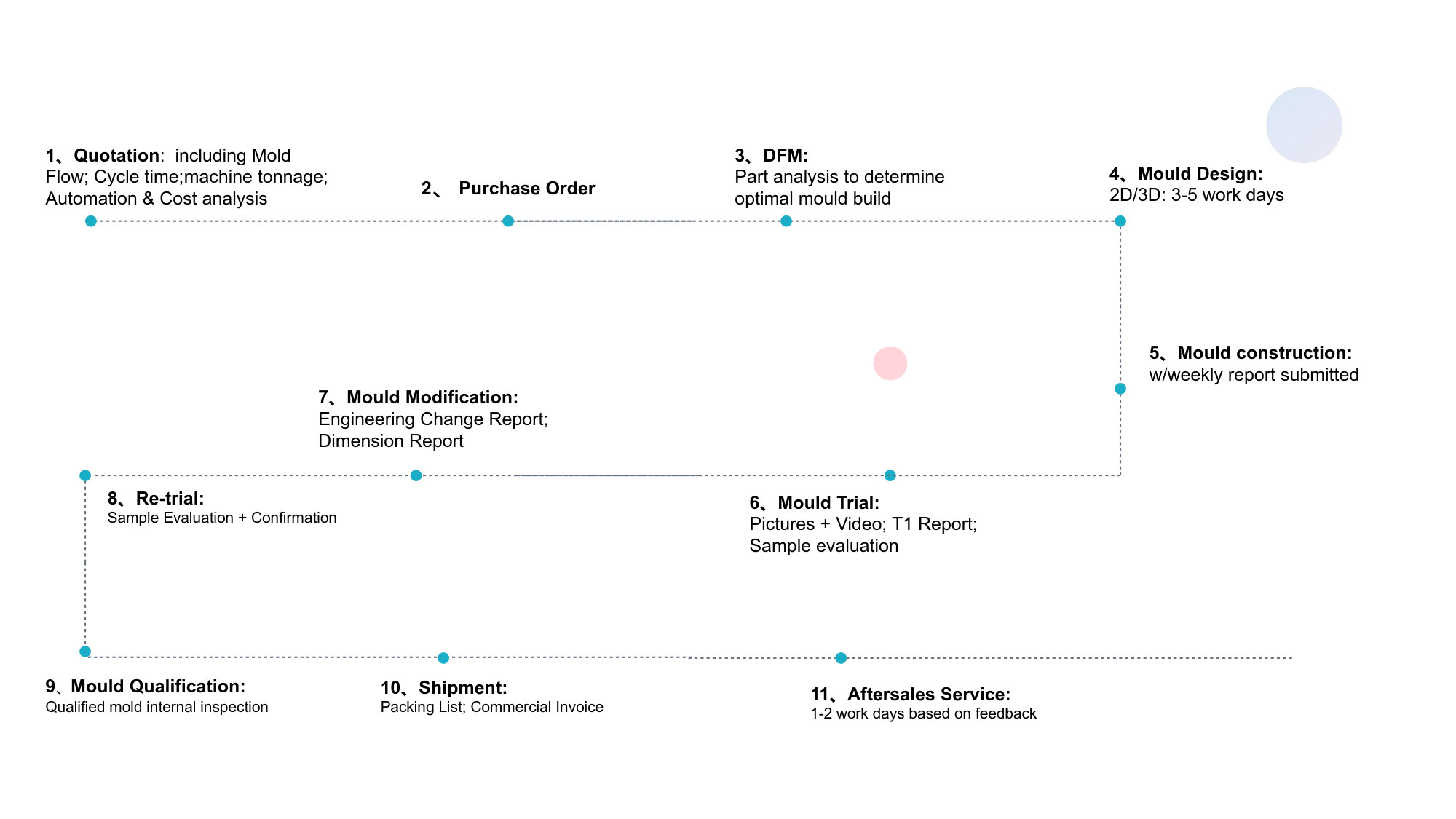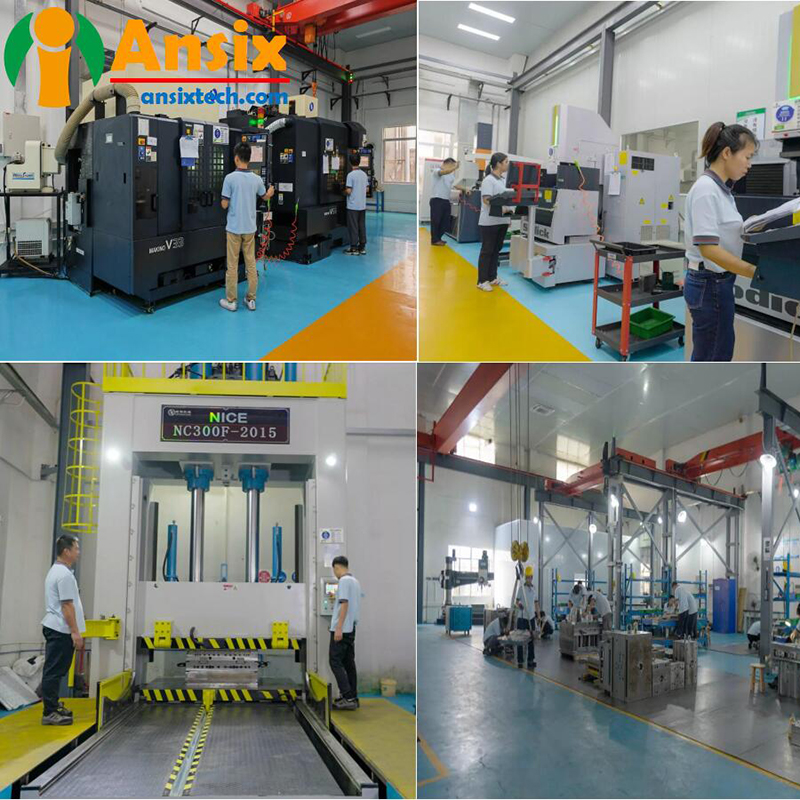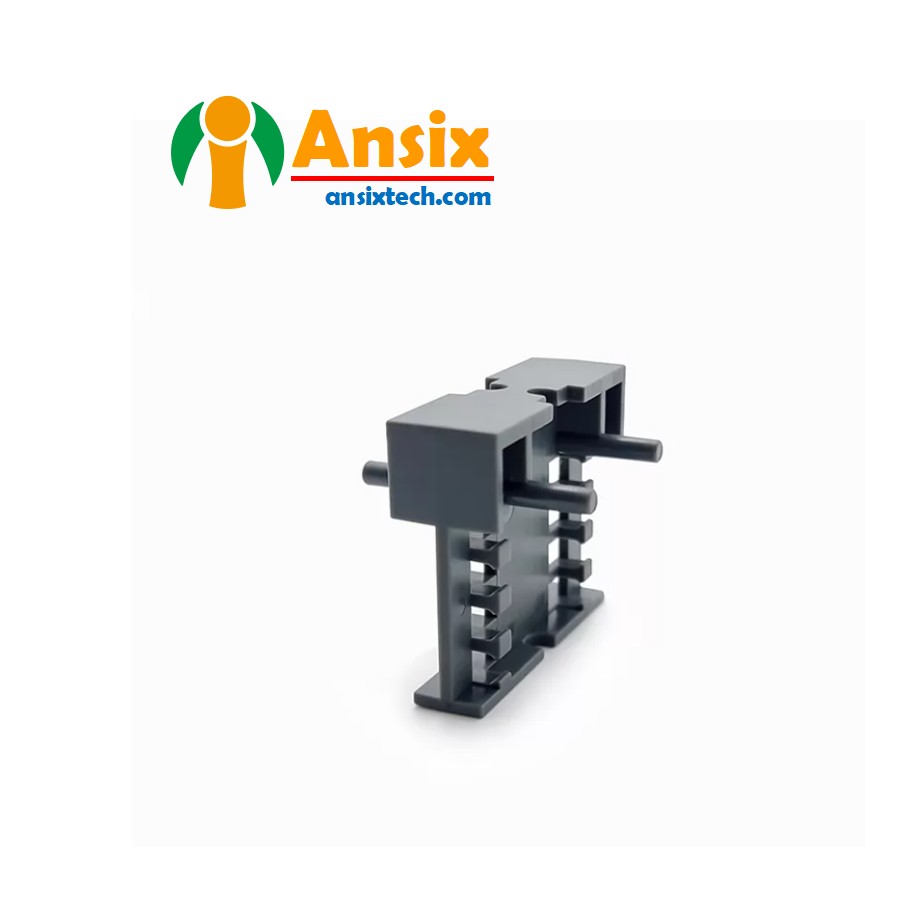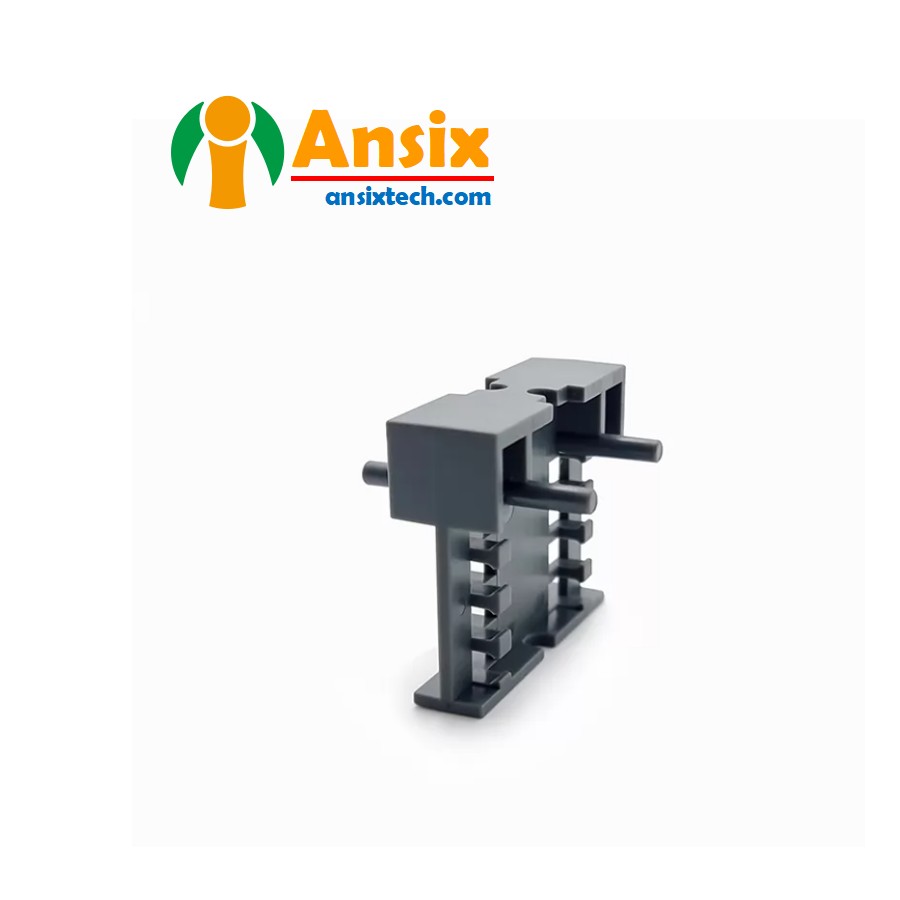Espacer Electrical Equipment Parts Mold making and injection molding
FEATURES
- Espacer Electrical Equipment Parts Mold making and injection molding
Mold assembly: Assemble the processed mold parts, including the assembly of mold base plate, mold cavity, mold core and other parts. Ensure the accuracy and stability of the mold’s structure and size.Mold debugging and mold trial: debug and trial the assembled mold. Use the injection molding machine to test the mold, observe and detect the filling performance of the mold, the size and quality of the product, etc.Injection molding production: According to the injection molding process parameters of Espacer electrical equipment parts, the plastic material is heated and melted and then injected into the mold cavity. After cooling and solidification, the electrical equipment parts of the desired shape are obtained.Quality control: Quality control is carried out during the injection molding production process, including raw material inspection, process inspection and finished product inspection. Use appropriate testing equipment and methods to test the size, appearance and function of the product to ensure that the product meets the requirements.At the same time, the production process is continuously improved and optimized to improve production efficiency and product quality. Ensure on-time delivery to customers and satisfactory products and services.
-
Mold Description
Product Materials:
PC
Mold Material:
S136ESR
Number of Cavities:
1*2
Glue Feeding Method:
Cold runner
Cooling Method:
Water cooling
Molding Cycle
16.5s

- Espacer Electrical Equipment Parts Mold flow analysis and mold designFor mold flow analysis and mold design of Espacer electrical equipment parts, Mold flow analysis:a. Collect relevant information about Espacer electrical equipment parts, including size, shape, material, etc.b. Use mold flow analysis software to import the CAD model of Espacer electrical equipment parts, and set injection molding process parameters, such as injection speed, temperature, pressure, etc.c. Conduct mold flow analysis to simulate the melt flow, filling, cooling and other processes during the injection molding process to evaluate the filling performance, bubbles, short shots and other defects of the parts, and optimize the injection molding process parameters.Mold design:a. Determine the structure and size of the mold based on the mold flow analysis results. Taking into account the shape and size of Espacer electrical equipment parts, design the appropriate mold structure, including mold cavity, mold core, demoulding system, cooling system, etc.b. Select appropriate mold materials, taking into account factors such as temperature, pressure and wear during the injection molding process, choose materials with good wear resistance and thermal conductivity.During the mold flow analysis and mold design process, you need to pay attention to the following points:Ensure the filling performance of the mold: Through mold flow analysis, the injection molding process parameters are optimized to ensure good filling performance of Espacer electrical equipment parts and avoid defects.Design of cooling system: Reasonably design the cooling system to ensure good cooling effect during the injection molding process and avoid problems such as deformation and shrinkage of parts.Design of demoulding system: According to the shape and requirements of the part, design an appropriate demoulding system to ensure that the part can be demoulded smoothly and avoid damage and deformation.Mold processing and assembly: According to the mold design drawings, select appropriate processing technology and equipment to ensure the accuracy and quality of the mold. During the assembly process, pay attention to the coordination and adjustment of mold parts to ensure the stability and reliability of the mold.In short, for the mold flow analysis and mold design of Espacer electrical equipment parts, it is necessary to conduct mold flow analysis, optimize the injection molding process parameters, design the appropriate mold structure and size, select the appropriate mold material, design the cooling system and demoulding system, and ensure The processing and assembly quality of the mold. Through these steps, high-quality injection molded parts can be achieved.


- Espacer Electrical Equipment Parts of mold manufacturing process and product material selectionFor mold processing and material selection of Espacer electrical equipment parts, the following aspects can be considered:Mold processing:Mold processing technology and process flow are key aspects necessary to manufacture molds.1. Mold design: The first step in mold processing is mold design. This includes determining the structure, size, materials and processing technology of the mold. Modern mold design is usually carried out using computer-aided design (CAD) software.2. Material preparation: Selecting the appropriate mold material is crucial to the quality and life of the mold. Common mold materials include tool steel, carbide, etc. The selection of materials should take into account factors such as the use environment of the mold, processing technology and cost.3. CNC machining: CNC machining is one of the main methods of mold processing. CNC lathes, CNC milling machines and other equipment can automatically process according to pre-entered programs to achieve high-precision and high-efficiency processing.4. Precision grinding: For some high-precision parts of the mold, precision grinding is usually required. Surface grinders, cylindrical grinders, internal cylindrical grinders and other equipment can be used to process the surface of molds and precision parts.5. Electrical discharge machining: Electrical discharge machining is a computer-controlled electrical discharge machining method, suitable for processing high-hardness, high-precision mold parts.6. Wire cutting: Wire cutting is a method of processing using a computer-controlled wire cutting machine. It is suitable for processing materials with higher hardness, such as mold steel.7. Assembly and debugging: After the mold processing is completed, assembly and debugging of the mold need to be carried out. This includes assembly of mold parts, debugging and testing of molds, etc.8. Quality inspection: After the mold processing is completed, quality inspection is required. This includes testing and verification of mold dimensions, surface quality, assembly accuracy, etc.The above is the general mold processing technology and process flow. In actual production, specific processing process planning and operations also need to be carried out based on factors such as specific mold types, processing requirements, and material properties.Material selection:a. Considering factors such as temperature, pressure and wear during the injection molding process, select a mold material with good wear resistance and thermal conductivity. Commonly used mold materials include tool steel, stainless steel, aluminum alloy, etc.b. Select appropriate materials based on the requirements and usage environment of Espacer electrical equipment parts. For example, if the part needs to be resistant to high temperatures, you can choose high-temperature-resistant plastic or metal materials.During the mold processing and material selection process, you need to pay attention to the following points:Mold maintenance and upkeep: Regularly maintain and maintain the mold, including cleaning, lubrication, repair, etc., to extend the service life of the mold and ensure the stability of production.For mold processing and material selection of Espacer electrical equipment parts, it is necessary to select appropriate processing technology and equipment to ensure processing accuracy and dimensional control. In terms of material selection, consider factors such as temperature, pressure and wear during the injection molding process, and select mold materials with good wear resistance and thermal conductivity. Through reasonable processing and material selection, high-quality molds and injection molded parts can be achieved.
- Espacer Electrical Equipment Parts Mass production and Quality controlFor mass production and quality assurance of Espacer electrical equipment parts:The mass production of precision special engineering material parts has some unique characteristics and challenges, which require comprehensive consideration of automation configuration, material cost control, production efficiency advantages and process quality assurance.1. Features:- High precision requirements: Precision special engineering material parts usually have high requirements on dimensional accuracy, surface finish, etc., and need to maintain stable accuracy in mass production.- Special material properties: Special engineering materials may have special physical and chemical properties, which require higher processing technology and equipment.- Complex structure: Some special engineering material parts may have complex structures and shapes and need to adapt to diverse processing techniques.2. Automated configuration:-Introduction of automated production lines: Automated production lines can improve production efficiency, reduce human intervention, and reduce production costs.- Automated assembly equipment: Automated assembly equipment can improve assembly efficiency, reduce manual operations, and improve product consistency and quality stability.3. Material cost control:- Optimize material selection: Select appropriate specialty engineering materials, taking into account cost, performance and processability.- Improved material utilization: By optimizing design and processing technology, material utilization is improved and material waste is reduced.4. Production efficiency advantages:- Process optimization: Improve production efficiency and reduce production cycle through process optimization and process improvement.- Equipment automation: Introduce automated equipment and intelligent production management systems to improve production efficiency and flexibility.5. Process quality assurance:- Quality control system: Establish a complete quality control system, including raw material inspection, production process control, product testing and other links.- Data analysis and feedback: Through data analysis and real-time monitoring, problems in the production process can be discovered in a timely manner to ensure product quality stability.Taking the above factors into consideration, the mass production of precision special engineering material parts requires comprehensive consideration of material characteristics, processing technology, equipment configuration and quality control to achieve efficient, stable and sustainable production.In short, for the mass production and quality assurance of Espacer electrical equipment parts, it is necessary to formulate reasonable production plans and schedules, control production equipment and process parameters, ensure the quality and stable supply of raw materials, monitor and control the production process, and establish complete quality inspection system, conduct process improvement and continuous optimization, and provide training and skills improvement. Through these measures, high-quality mass production and product quality assurance can be achieved.







